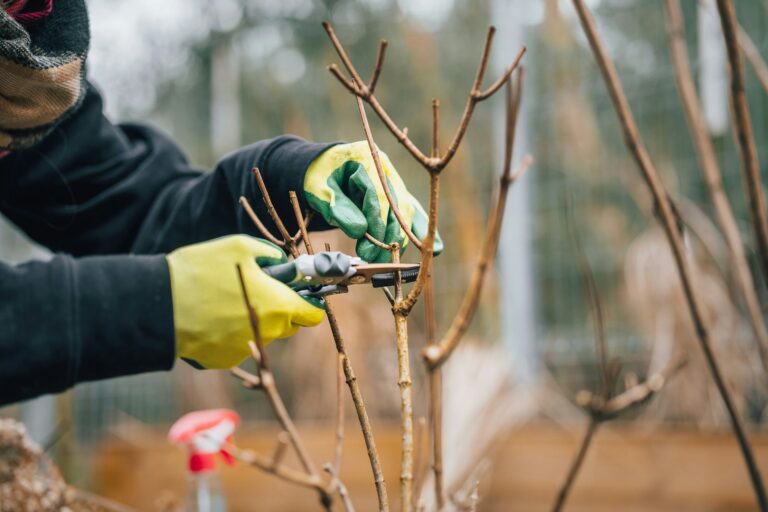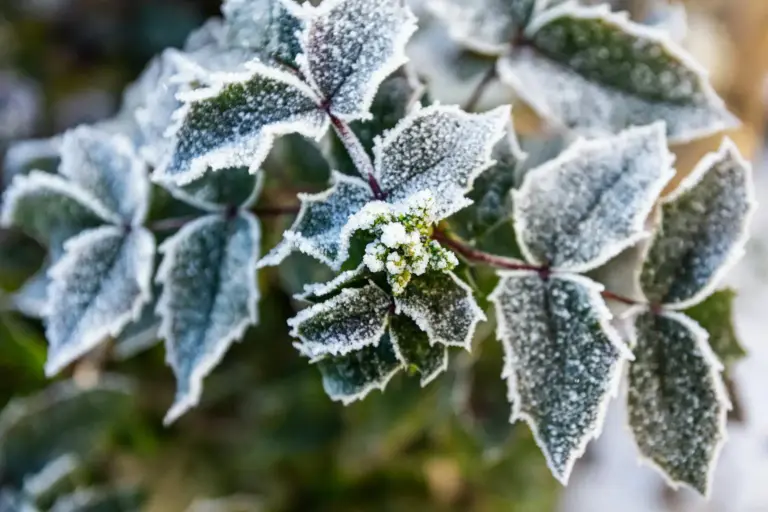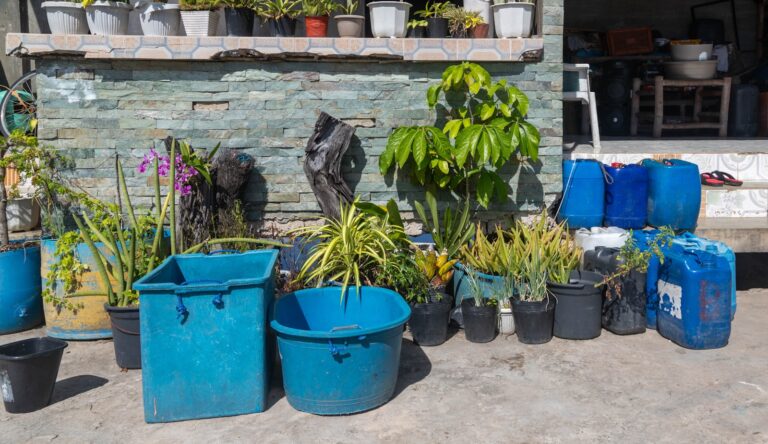Winter Care Tips for Your Indoor and Outdoor Plants to Keep Them Healthy and Happy
Winter can be a challenging season for both your indoor and outdoor plants, but with the right care, you can keep them healthy and thriving. The key to successful winter plant care is balancing light, temperature, and watering to meet their changing needs.
You’ll want to make sure your plants get enough light, even if sunlight is limited, which might mean moving them closer to windows or using grow lights. For outdoor plants, know when to bring them inside before the temperatures drop too low, especially tender varieties that can’t handle the cold.
Watering needs typically decrease in winter, so avoid overwatering, which can harm roots. Keeping your plants away from drafts and extreme heat sources also helps maintain a stable environment for growth during the colder months. For more details on these tips, check out this guide on winter plant care.
Preparing Indoor Plants for Winter
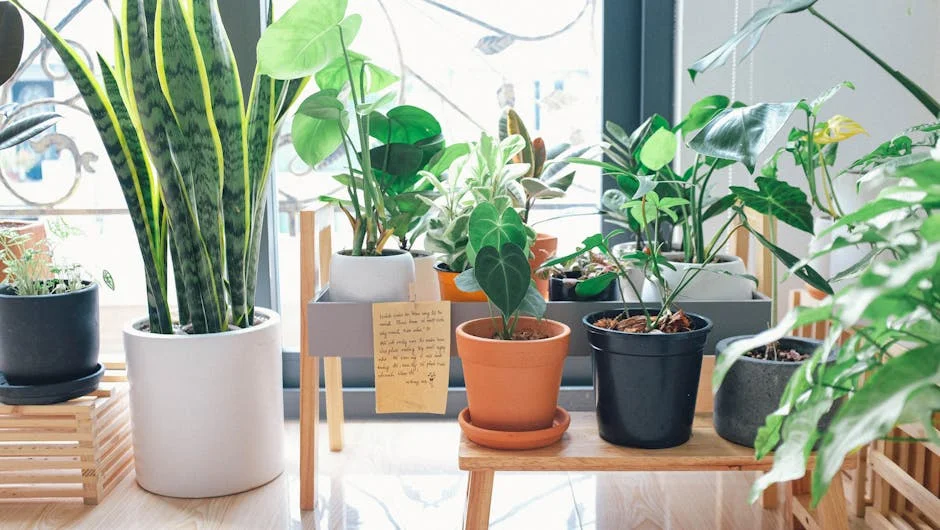
Winter brings changes in light, water, and temperature that your indoor plants need to adjust to. Paying attention to these details helps keep your plants healthy and thriving despite the colder months. You’ll want to fine-tune how often you water, where you place plants for light, and how you manage indoor climate conditions.
Adjusting Watering Frequency
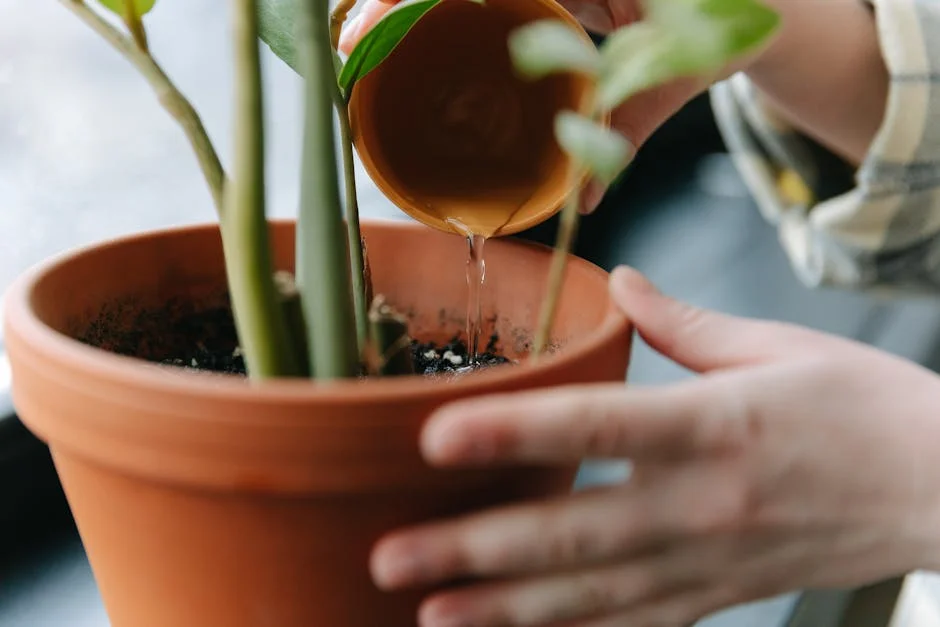
During winter, your indoor plants need less water because their growth slows down and the lower light reduces evaporation. Overwatering can lead to root rot, so check the soil before watering.
Use your finger to test the top inch of soil; if it feels dry, water lightly. For most plants, watering every 10-14 days works, but this varies depending on the plant species and your home’s humidity.
Avoid letting water sit in saucers. Drain excess water to prevent fungal issues. Reducing fertilizer during this period is also wise to avoid overstimulating growth since plants go dormant or grow slower in winter.
Maximizing Light Exposure
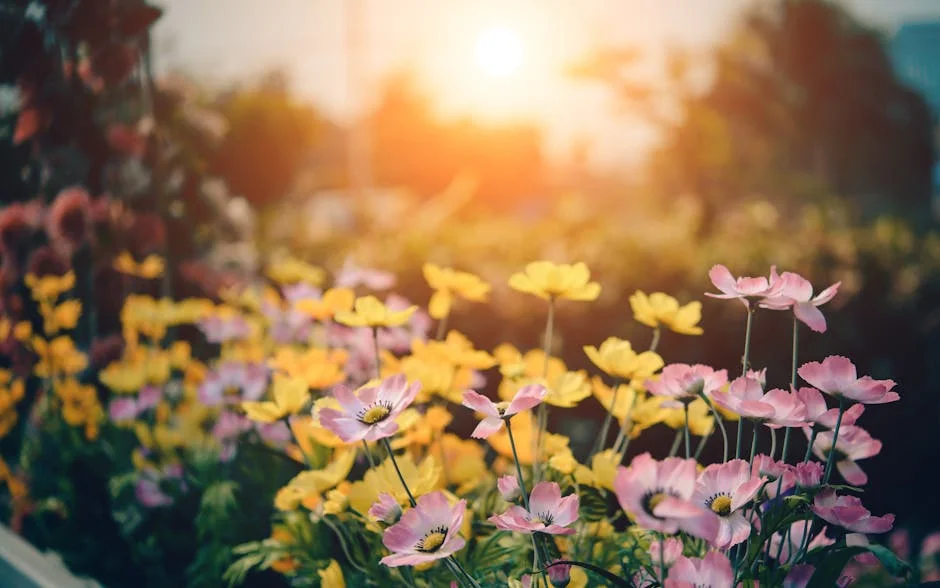
Plants need more light in winter to compensate for shorter days and weaker sun. Move your plants closer to windows that receive natural light, ideally south or west-facing windows.
If your space is dim, consider using grow lights to supplement light for at least 8-10 hours daily. Keep leaves clean from dust so the maximum light can reach them. Rotate plants regularly to ensure even light exposure on all sides.
Avoid placing plants behind curtains or in shaded corners. Even indirect light should be accessible. If natural light is very limited, a grow light can be a valuable addition to keep your plants healthy through winter.
Managing Temperature and Humidity

Indoor winter temperatures should stay consistent, ideally between 65-75°F (18-24°C). Keep plants away from cold drafts near windows, doors, or vents, as sudden temperature drops can stress them.
Many tropical houseplants appreciate higher humidity in winter. Use a humidifier or place a tray with water and pebbles under pots to raise humidity around your plants. Grouping plants together also helps trap moisture.
Avoid placing plants too close to heat sources like radiators or heaters, as dry air can damage leaves. Monitoring both temperature and humidity keeps your plants comfortable and reduces stress during the colder months.
Caring for Outdoor Plants in Winter
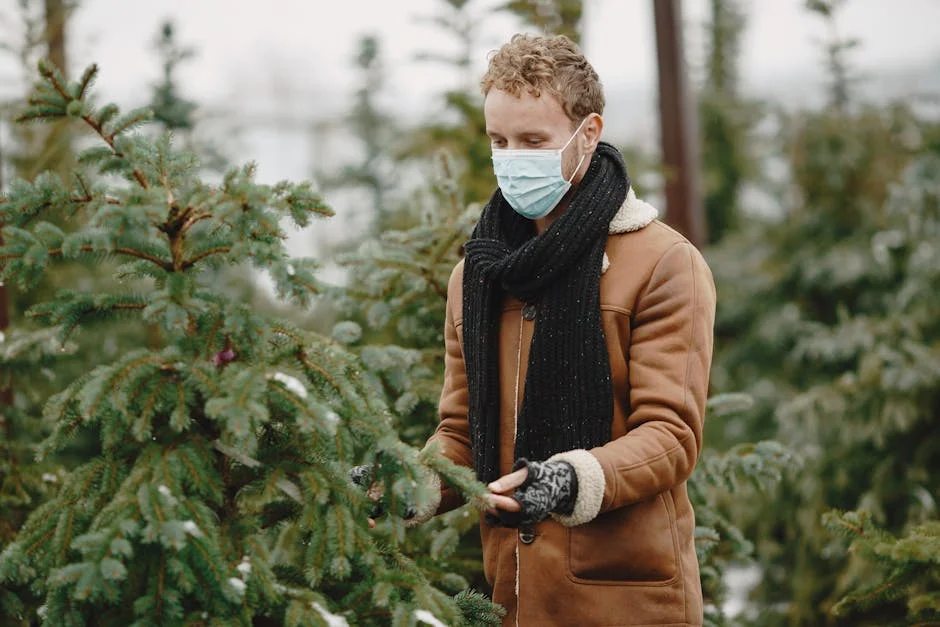
Keeping your outdoor plants safe through winter involves specific steps to protect their roots, shield them from harsh weather, and prune properly. These actions help your plants survive cold conditions and stay healthy for spring growth.
Protecting Roots and Mulching
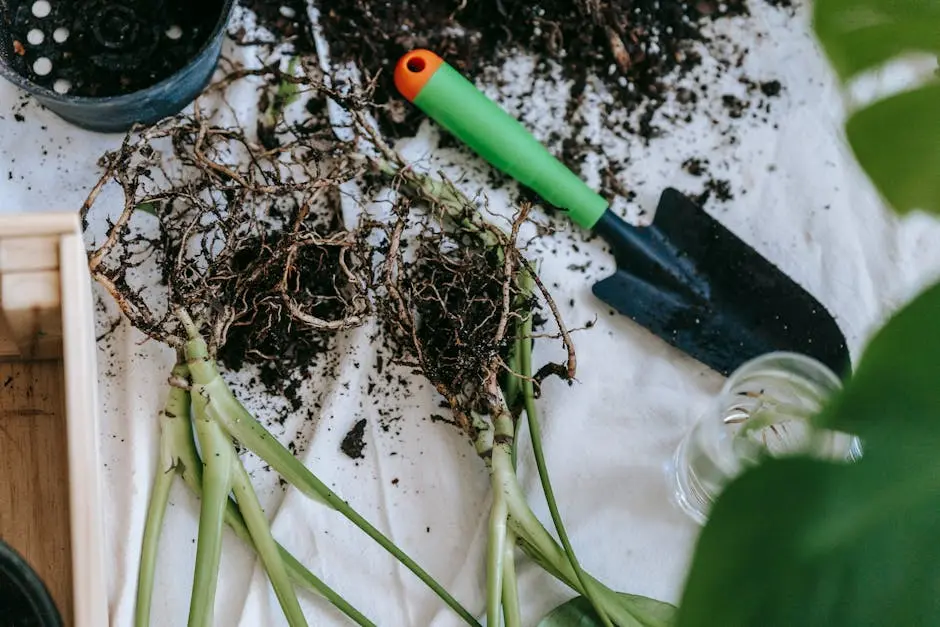
Your plants’ roots are vulnerable to freezing temperatures. Use mulch to insulate the soil, which helps maintain a steady temperature and prevents damage.
Apply a 2-4 inch layer of organic mulch like straw, shredded bark, or leaves around the base of your plants. Keep the mulch a few inches away from the stem to avoid rot.
For container plants, you can wrap pots with insulating materials or move them to a sheltered spot such as an unheated garage. This helps protect roots from freezing without interfering with drainage.
Shielding from Frost and Cold Winds
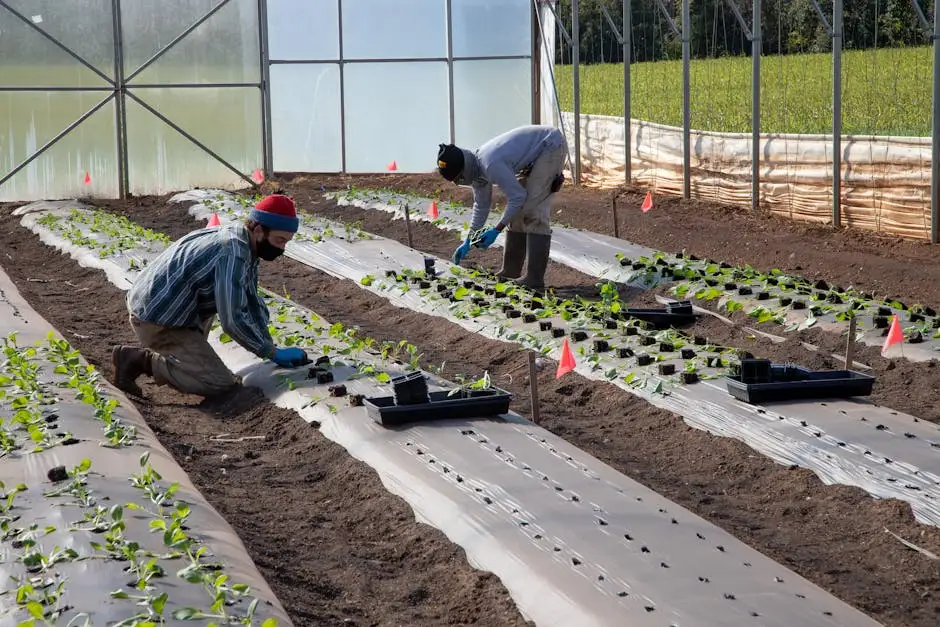
Frost can damage tender plants, so you’ll want to provide barriers against cold air. Use frost cloths, burlap, or old sheets to cover plants during freezing nights. Avoid plastic directly on plants as it can trap moisture and cause harm.
Wind can dry out plants fast, so set up windbreaks using fences, hedges, or temporary screens. Even positioning potted plants close together can reduce exposure.
If possible, move delicate or borderline-hardy plants indoors or to protected areas before the coldest months arrive. This step often saves more plants than you might expect.
Winter Pruning Techniques
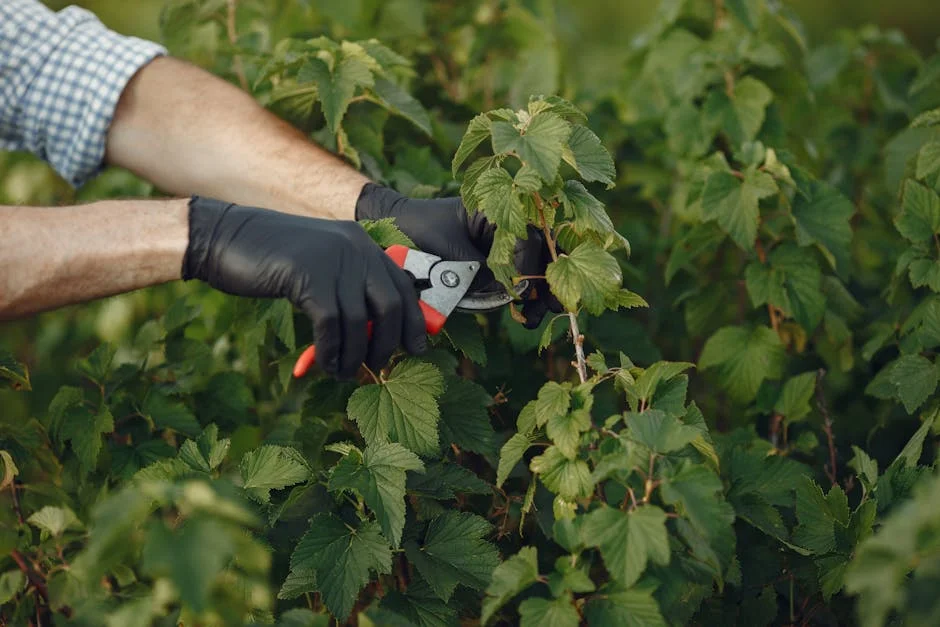
Pruning outdoor plants in winter should be targeted and careful. Remove dead, damaged, or diseased branches first to prevent decay.
Avoid heavy pruning during extremely cold weather since this can stress plants and expose sensitive tissues. Instead, focus on light pruning to shape or clear crowded areas.
For most trees and shrubs, late winter before new growth starts is the best pruning time. Use clean, sharp tools to make precise cuts just above buds or branches.
Addressing Common Winter Plant Problems
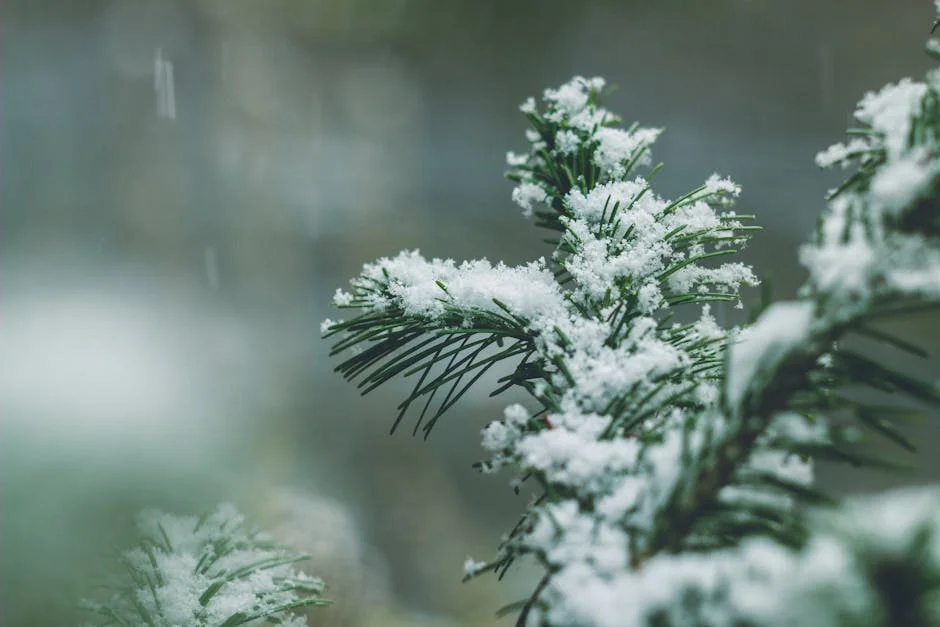
Indoor and outdoor plants often face specific challenges in winter, such as excess moisture and pest issues. Paying close attention to watering habits and monitoring for signs of pests can keep your plants healthy through colder months.
Preventing Overwatering and Root Rot
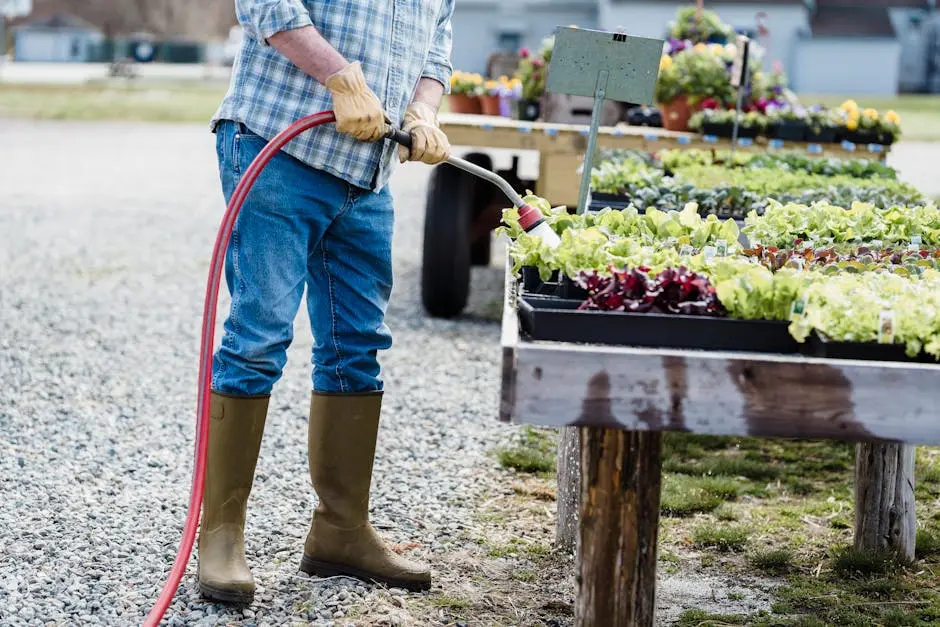
During winter, plants use water more slowly because of cooler temperatures and less light. You should reduce watering frequency to avoid soggy soil, which can lead to root rot.
Check soil moisture by inserting your finger about an inch deep. If it feels dry, it’s time to water. Avoid letting water sit in trays beneath pots, as this keeps roots too wet.
Using pots with drainage holes helps excess water escape. You can also improve soil aeration by mixing in perlite or coarse sand.
If you notice yellowing leaves or a bad smell from soil, root rot might be starting. In that case, trim damaged roots and repot in fresh, dry soil.
Managing Pest and Disease Risks
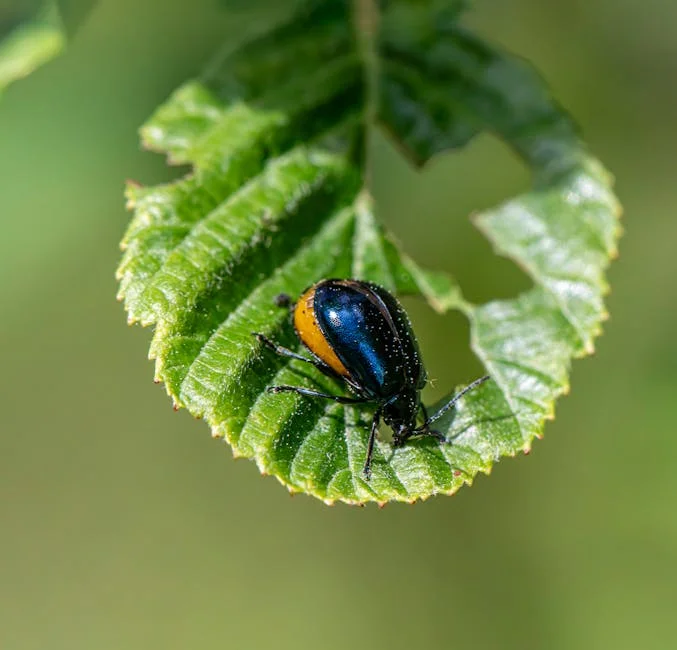
Dry indoor air in winter attracts pests like spider mites and aphids. Keep humidity higher by placing a water tray near your plants or using a humidifier.
Inspect plants regularly for tiny webs, sticky residue, or discolored spots. These are signs of infestations or fungal diseases.
If pests appear, wipe leaves with a damp cloth or spray with insecticidal soap. Avoid harsh chemical sprays that can stress plants already weakened by winter conditions.
Proper air circulation helps prevent fungal growth. Open windows briefly or use fans on low speed, but protect plants from cold drafts.
Winter Maintenance Routines
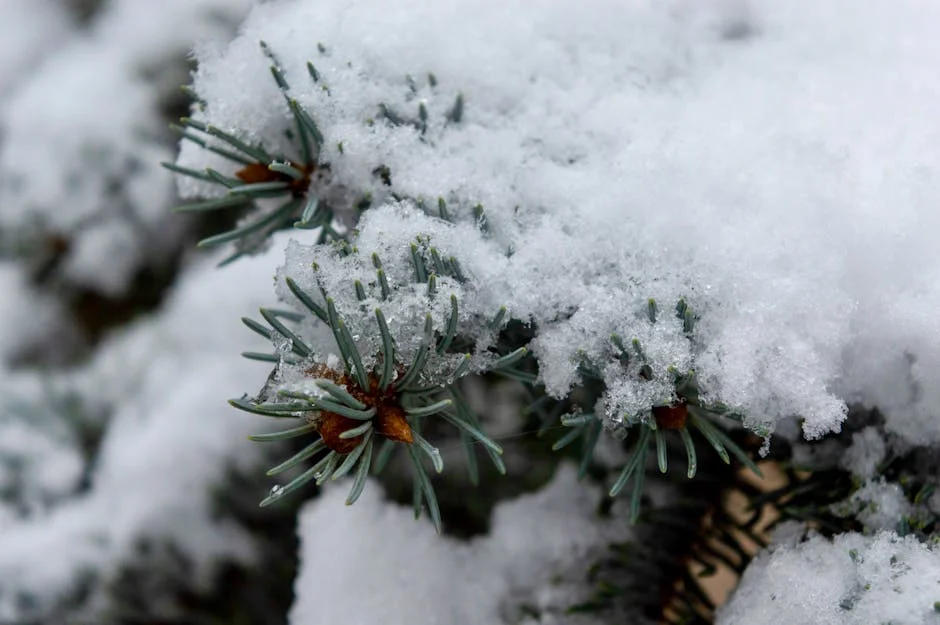
During winter, your plants need special attention to stay healthy through the colder months. This includes keeping their leaves clean and watching for any signs of stress. Also, knowing when and how to adjust fertilizing can protect your plants during dormancy.
Cleaning Leaves and Checking for Stress
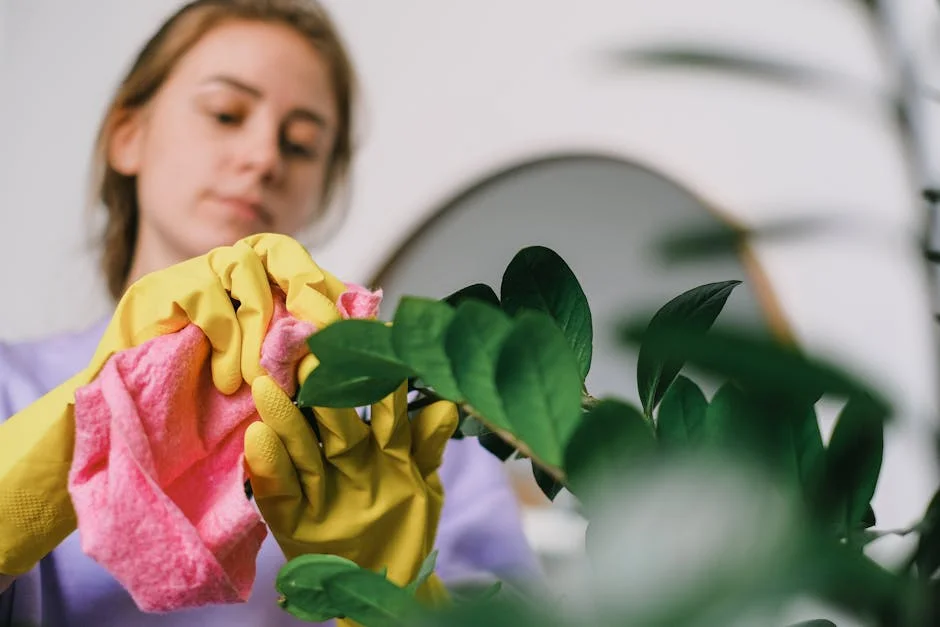
Dust and grime can block light from reaching your plant’s leaves, so it’s important to gently clean them every few weeks. Use a soft, damp cloth or a gentle spray of water to wipe the leaves.
Check your plants regularly for signs of stress like yellowing leaves, drooping, or brown edges. These can indicate watering issues, too little light, or temperature stress. Moving plants closer to windows or supplementing with grow lights can help.
Keep an eye out for pests, which may hide more easily in your plants during winter. Remove any damaged leaves to prevent disease and help the plant focus energy on healthier parts.
Fertilizing Practices for Dormant Plants

Most plants require less fertilizer or none at all during winter since their growth slows down. Over-fertilizing can cause root damage or vigorous growth that won’t survive colder conditions.
You can cut back on feeding to about half the usual amount or pause fertilizer altogether until spring. For tropical houseplants, use a diluted fertilizer no more than once a month.
If your plant is in active growth—or if it’s receiving grow lights—you might still feed lightly. Just avoid heavy fertilizing and always follow instructions to avoid buildup of salts in the soil, which can harm roots.
Transitioning Plants Out of Winter
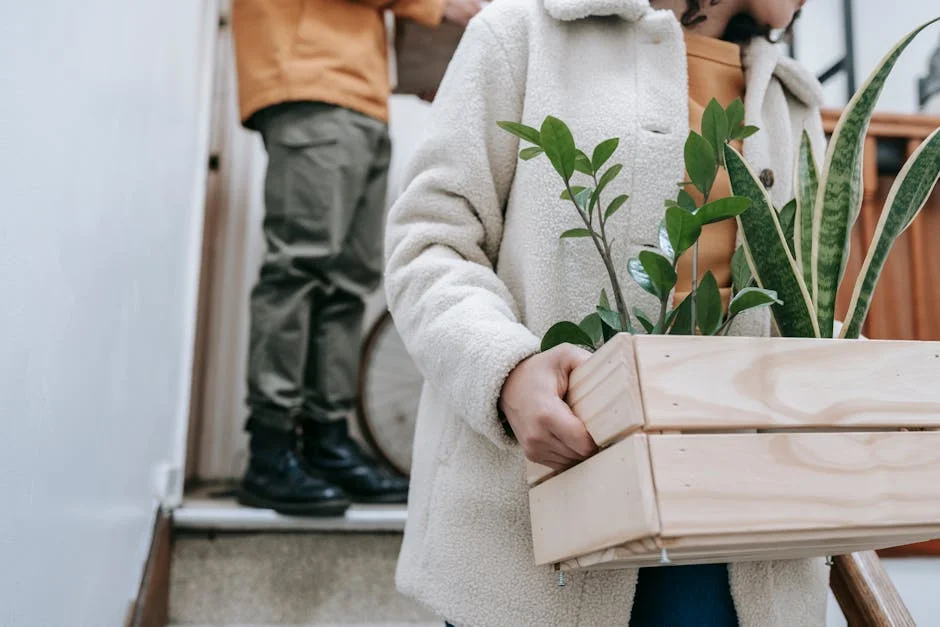
Moving your plants from their indoor winter spots back to outdoor conditions requires patience and care. It’s important to adjust their water and light exposure gradually. For outdoor plants returning to the garden, protection from harsh sun and cooler nights will help them thrive.
Gradually Increasing Water and Light
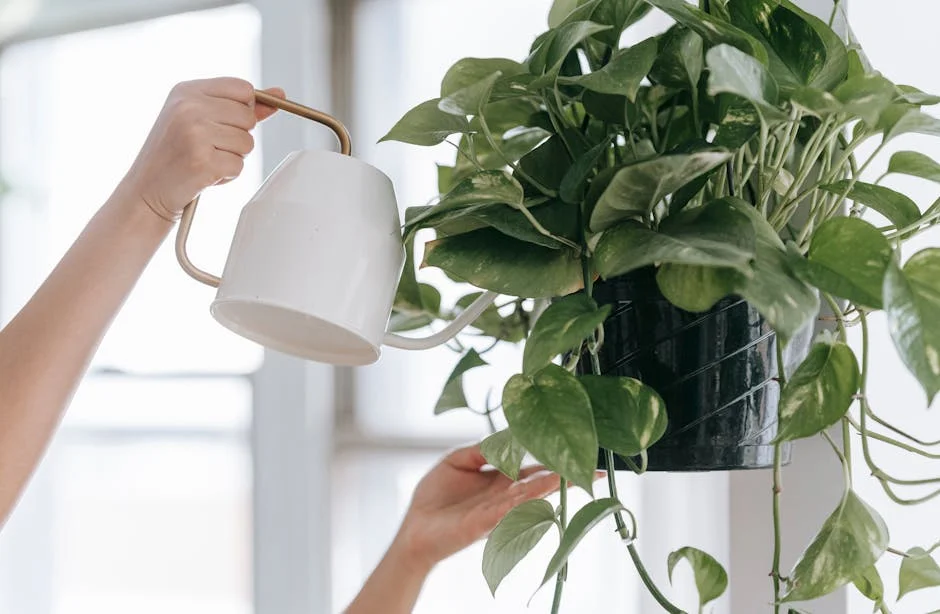
Start by slowly raising the amount of water your indoor plants receive. During winter, most plants need less water due to lower growth rates. As temperatures warm, increase watering in small steps to avoid overwatering.
Light adjustment is just as crucial. You can move plants closer to windows or add supplemental lighting, but do this over 1–2 weeks to let them acclimate. Sudden exposure to bright, direct sunlight can cause leaf burn.
Track your plant’s response daily. If leaves show signs of stress—such as yellowing or drooping—slow down the increase. This gentle transition helps plants prepare for higher light and water demands during spring.
Reintroducing Outdoor Plants to the Garden
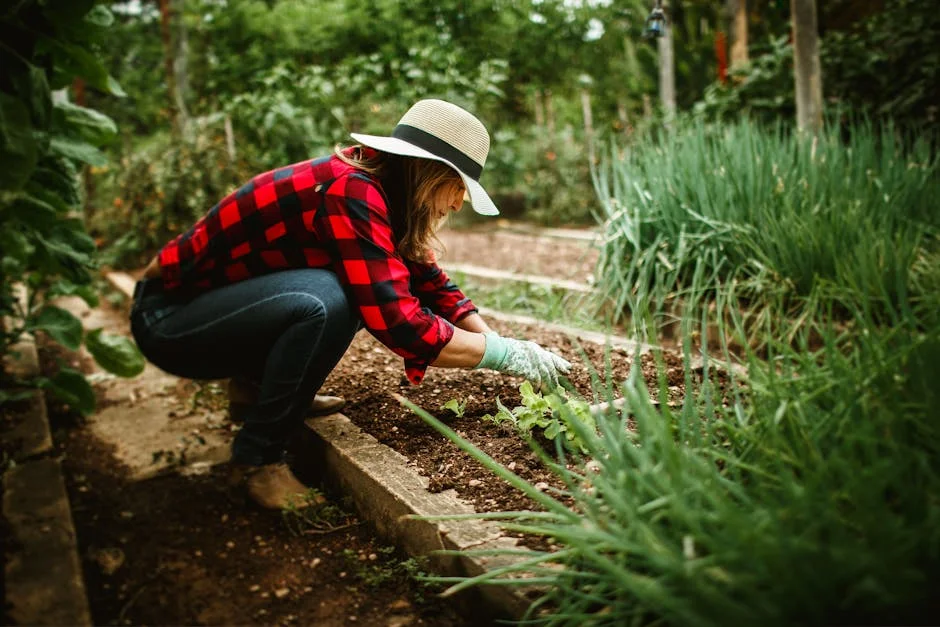
Before moving plants outside permanently, pick a warm day with mild temperatures to reduce shock. Harden them off by placing them outdoors for a few hours a day over 7–10 days, gradually increasing their outdoor time.
Choose a shaded or semi-shaded spot initially, since sunlight is stronger outdoors than indoors, even in shade plants get about 50% more light than indoors. Watch out for wind and overnight temperatures below 45°F, which can stress or damage plants.
If needed, protect tender plants with temporary coverings like kraft paper or cloth to shield them from extreme sun or cold. Be sure to avoid sudden heavy fertilizing right after transplanting but apply slow-release fertilizer after they settle in comfortably to support new growth.



